NASA Voyager 1
The Voyager 2 spacecraft which has been in operation since 1977 and is the only spacecraft to have ever visited Uranus and Neptune has made its way to interstellar space where its twin spacecraft Voyager 1 has resided since August 2012. Continuing on their over-40-year journey since their 1977 launches they each are much farther away from Earth and the sun than Pluto.
Voyager 2 is also escaping the solar system at a speed of about 33 AU per year 48 degrees out of the ecliptic plane to the south.

. Anil Natha Luis Espinoza Webmasters. The Voyager 1 probe is currently the farthest human-made object from EarthBoth Voyager 1 and Voyager 2 have reached interstellar space the region between stars where the galactic plasma is present. Continuing on their over-40-year journey.
Because it was on a faster route to the missions first encounter at Jupiter Voyager 1 overtook Voyager 2 on Dec. The twin Voyager 1 and 2 spacecraft are exploring where nothing from Earth has flown before. This was the.
Space mission and science news images and videos from NASAs Jet Propulsion Laboratory the leading center for robotic exploration of the solar system. This celebrated Voyager 1 view was part of a series of 60 images designed to produce what the mission called the Family Portrait of the Solar System This sequence of camera-pointing commands returned images of six of the solar systems planets as well as the Sun. To check Voyager 1 and 2s current distance from the sun visit the mission status page.
NASAs Voyager 1 was launched after Voyager 2 but because of a faster route it exited the asteroid belt earlier than its twin having overtaken Voyager 2 on Dec. During its travels through the outer solar system Voyager 2 visited all four gas giant planets and also discovered and. The twin Voyager 1 and 2 spacecraft are exploring where nothing from Earth has flown before.
The Pale Blue Dot view was created using the color images Voyager took of Earth. Desde entonces estas astronaves continúan su viaje alejándose de nosotros. NASAs Solar System Interactive also known as the Orrery is a live look at the solar system its planets moons comets and asteroids as well as the real-time locations of dozens of NASA missions.
En conjunto la misión Voyager descubrió 22 lunas. Voyager 1 was launched Sept. Images sent back by.
Voyager 1 had captured images of six of the seven planets targeted as well as the Sun. It began its Jovian imaging mission in April 1978 when it was about 165 million miles 265 million kilometers from the planet. Passage through the termination shock ended the termination shock phase and began the heliosheath exploration phase.
5 1977 just days after its twin Voyager 2 on Aug. Voyager 2 también tomó imágenes de Urano y Neptuno. Like their predecessors Pioneer 10 and 11 which featured a simple plaque both Voyager 1 and Voyager 2 were launched by NASA with a message aboarda kind.
Voyager 1 y 2 también descubrieron volcanes activos en Io una de las lunas de Júpiter y mucho más. Voyager 1 y 2 están ahora tan lejos. Anil Natha Luis Espinoza.
A parsec equal to 326 light years is defined as the distance at which 1 Astronomical Unit subtends an angle of 1 second of arc 13600 of a degree When we use the parsec for really large distances we often put a prefix in front of it - like kiloparsecs kpc which are equal to 1000 parsecs - or Megaparsecs Mpc equal to a million parsecs. Skip to main content JPL Careers Education Science. Space mission and science news images and videos from NASAs Jet Propulsion Laboratory the leading center for robotic exploration of the solar system.

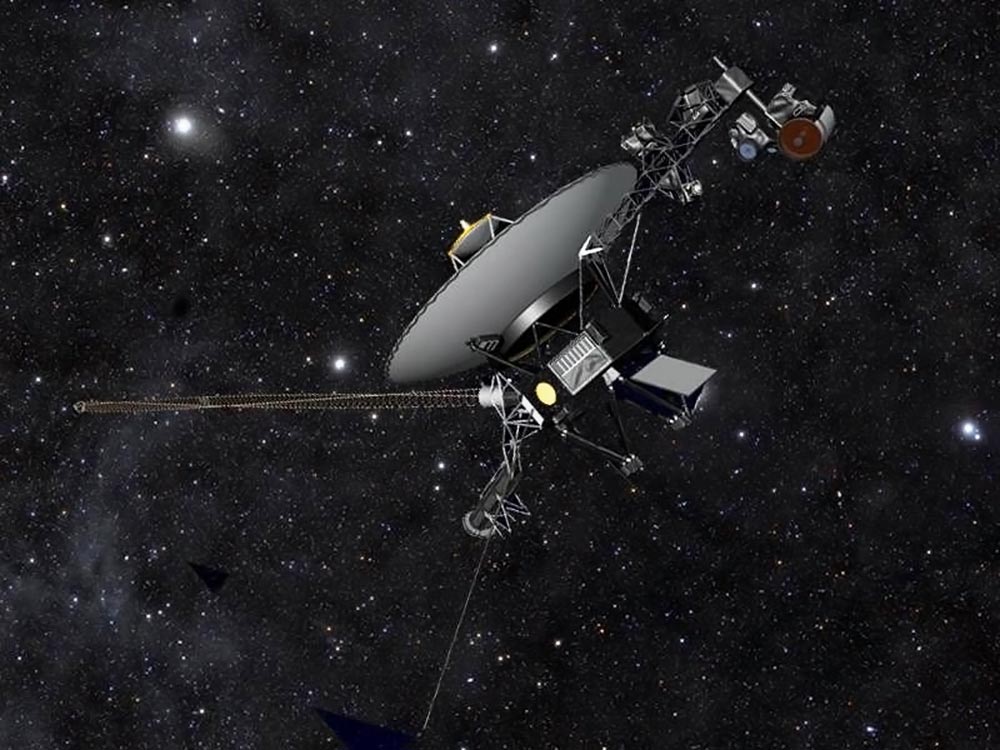

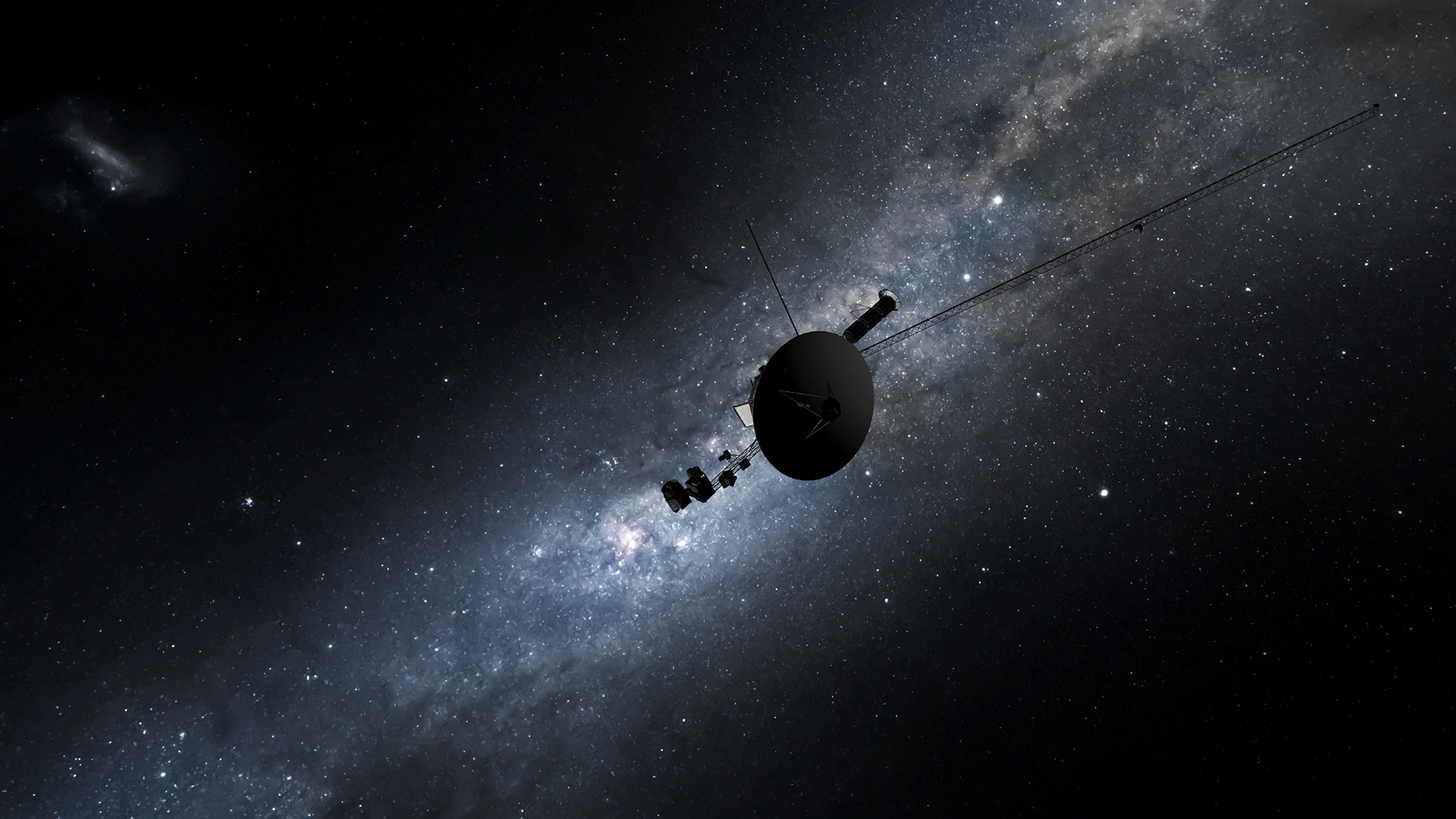
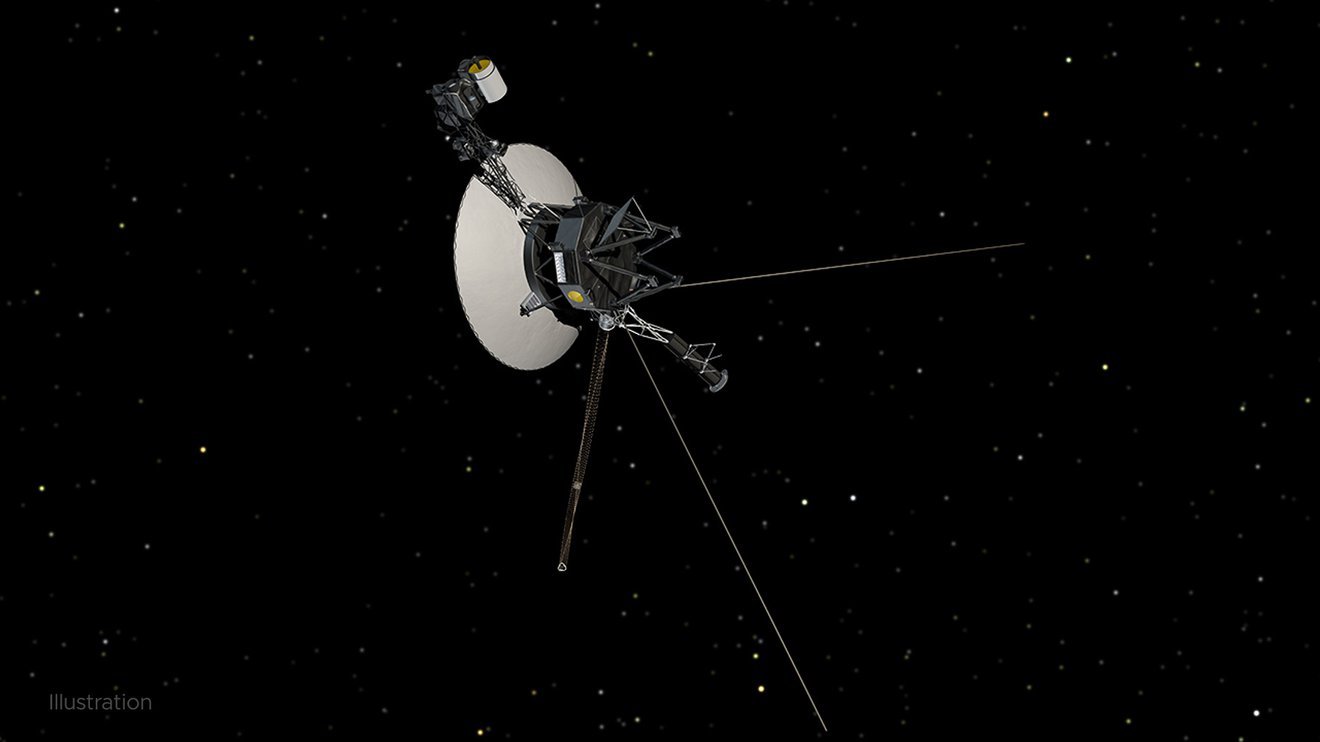
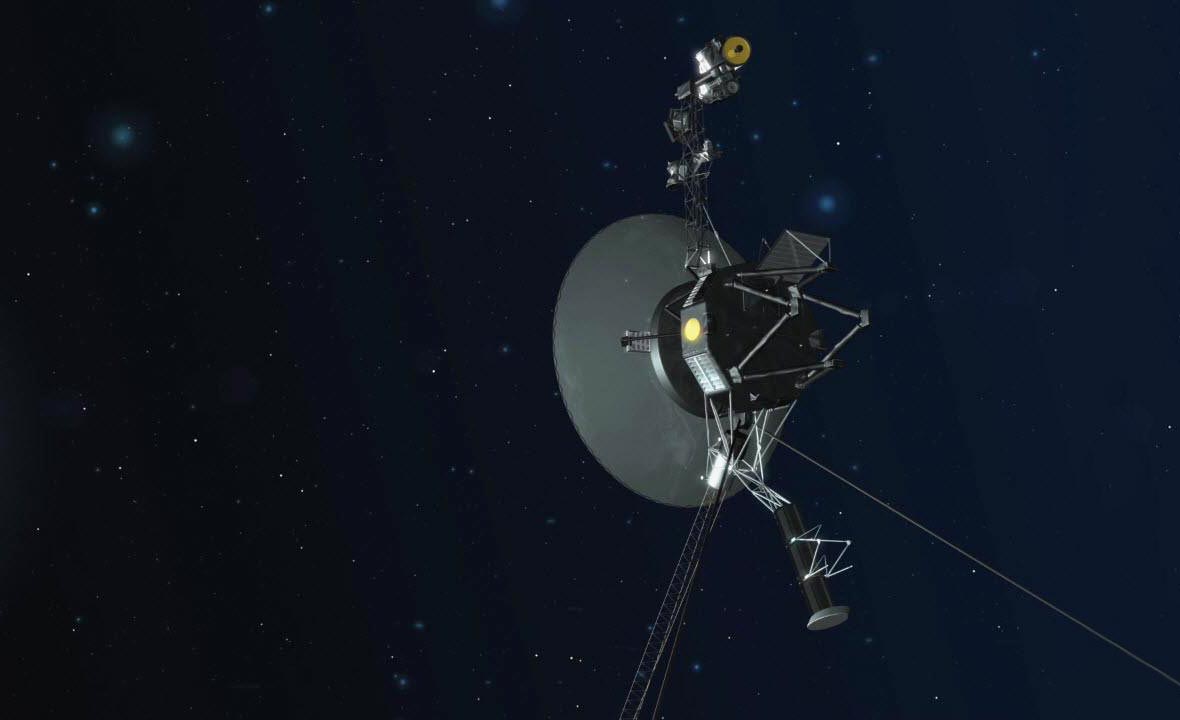
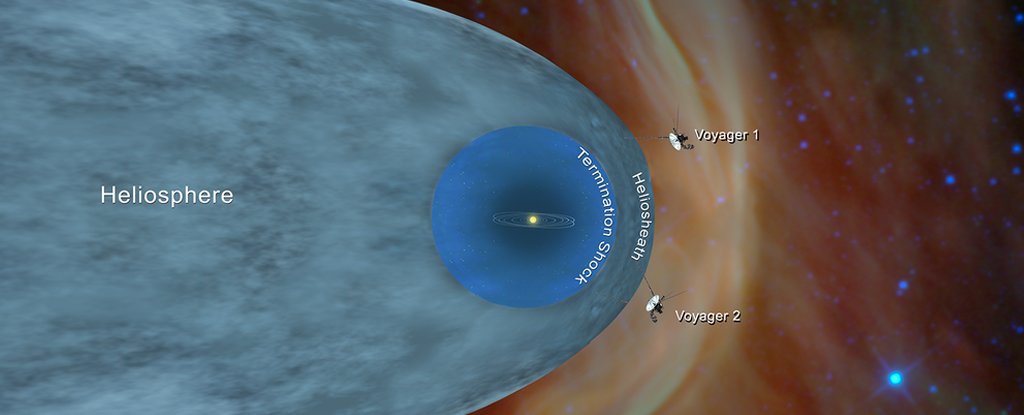

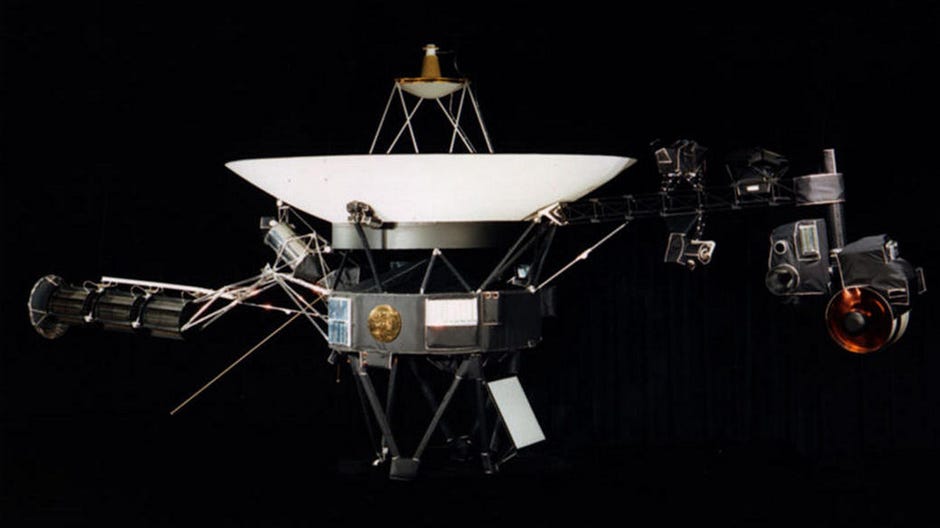
Comments
Post a Comment